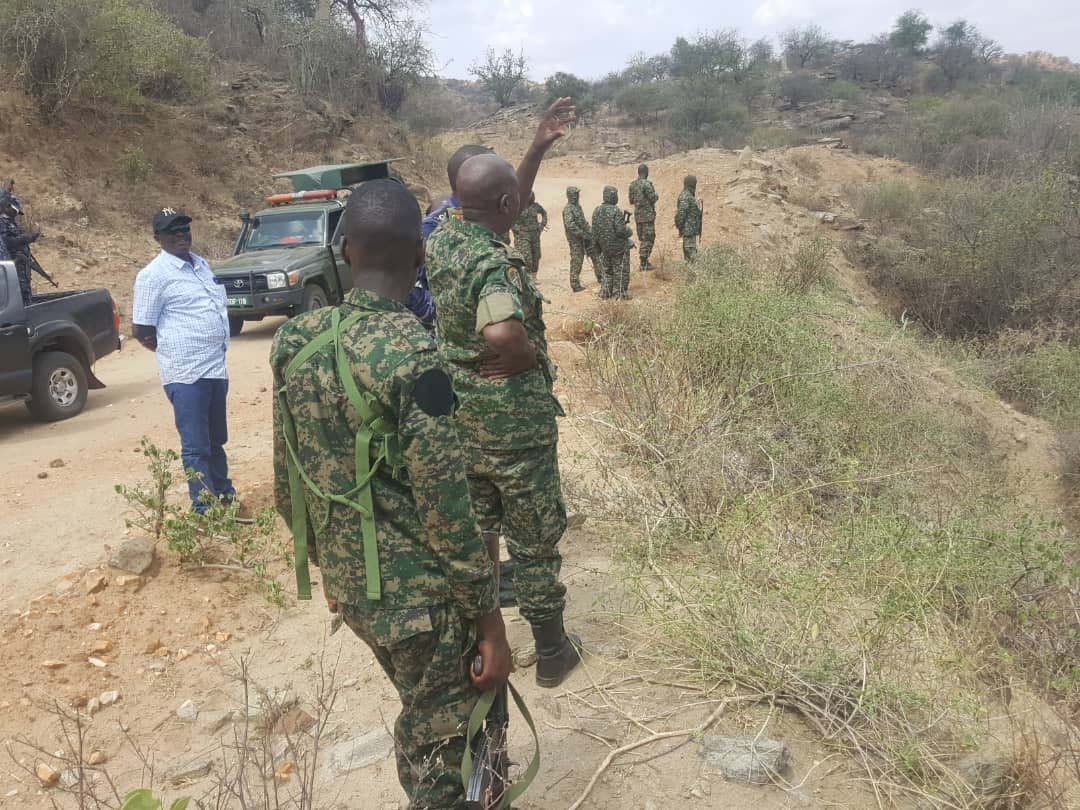Prime
Shine spotlight on Uganda’s critical minerals industry

Author: D. Bwesigye Binyina. PHOTO/FILE/COURTESY
What you need to know:
- seize this opportunity to re-unify the East African Community and Great Lakes region, politically, socially, and economically to control the narrative of access to critical minerals, energy transition and climate change in the new world order.
This year the world meets in South Africa’s Cape Town City for the Mining and Alternative Mining Indaba. The Mining Indaba conference is the largest of its kind in the world. Every year, it brings together mining corporate executives, the captains of the industry in search of the next mining deal, government leaders of resource rich countries on the African continent and the global north, China and civil society working in mineral rich communities on the continent.
This modern era scramble for Africa’s mineral resources has been exacerbated by Russia’s invasion of Ukraine which has destabilised global equilibrium of raw materials supply chains. Russia contributes seven percent of global nickel supply, 10 percent of the World’s platinum and 25-30 percent of the world’s Palladium group of metals. With these resources off the market, Africa becomes the new frontline for sustainable access and supply of the world’s most sought-after energy minerals. It is, therefore, not surprising that this year’s mining Indaba has among others, attracted the highest-ranking U.S, Chinese government officials as well as representatives from the EU, Japan Oil, Gas and Metals Corporation (JOGMEC).
Uganda is one of the many countries in the great lakes region that have committed to the Paris Agreement and the need to address the mineral intensive clean energy technologies for a transition to a 1.5o C- 2o C. At global level, achieving this climate stabilisation to pre-industrial levels of 1.5o C will require investment to a tune of US$ 5.7 Trillion per year until 2030. By 2030, the 1.5o will create 85 million additional related energy transition jobs. These new jobs will require skilling up the youth for carefully crafted jobs across the energy transition value chain.
The technology driving demand for critical minerals is concentrated in solar photovoltaic, energy storage for all forms of modern gadgets such as laptops and smart phones and eco-smart electric vehicles currently on the increase, geothermal technologies, hydroelectricity, and wind technologies. Uganda has a renewable energy resource potential for an estimated 2,000MW of hydroelectric power, 450MW of geothermal energy, an average of 5.1kWh/m2/day of solar energy among others. Uganda is also one of the top 20 access deficit countries with 26 million citizens remaining without access to electricity. In 2019 urban electricity access rate was at 71 percent while rural electricity rate remained at 32 percent leaving the country at the bottom of the global electricity access table.
Recent developments in the mineral sector place Uganda at the centre of the energy revolution both for its energy security needs but also as a key player in shaping regional value addition enhancement initiatives and the control of the international supply chains of critical minerals. These developments call for a regional collaborative solution as opposed to a one state solution such as the presidential ban on the export of unprocessed raw materials imposed in 2011.
The critical minerals industry requires a special Afro-centric policy, fiscal and regulatory framework modelled on the East African Community vision, African Union Agenda 2063 and the Africa Mining Vision. Some of the minerals in the spotlight include, iron ore in the western region, copper and cobalt at Kirembe, nickel and natural graphite potential in northern Uganda, the 3Ts (Tin, Tungsten and Tantalum) in Western Uganda and Rare Earth Elements in the Eastern part of the country.
Domestic regulation and development of these resources must be data driven to establish their commerciality, mine life, access to finance to establish the desired technology in Uganda and specific commodity feasibility studies to establish availability of regional sustainable supply of raw materials within the East African Community and Great Lakes Region.
This year’s joining of DRC to the East African Community in 2022 has coincided with the critical minerals resource driven mineral boom. All East African heads of states, policy makers and civil society must seize this opportunity to re-unify the East African Community and Great Lakes region, politically, socially, and economically to control the narrative of access to critical minerals, energy transition and climate change in the new world order.
Mr Don Bwesigye Binyina is a Mineral & Energy Policy Analyst.Executive Director, Africa Centre for Energy and Mineral Policy




